It’s been an incredible ten days, filled with visits to more than 50 buildings and meeting with approximately 20 architects across several cities: Helsinki, Lisbon, Vals/Zurich, and Venice. On our last day together, we parted ways with bittersweet goodbyes and mixed emotions, knowing that this is only the beginning of many conversations to come. I know I’ve learned so much from the travelling group (architects and industry representatives alike), as well as the sites and practitioners we visited. It’s challenging to capture the cumulative effect of such an enriching experience that focused on architecture, fostering friendships, and reflecting on our work back at home. On behalf of the travelling architects – Edwina Brisbane, Ellen Buttrose, Bradley Kerr, Sarah Lebner and myself – I would like to share a collection of the lessons we’ve learned, paying homage to 101 Things I Didn’t Learn at Architecture School, a book written by Sarah and published in 2019. We hope you’ll find the following insights valuable:
Understanding Place
- Architecture is a reflection of culture over time.
- Respecting our heritage is crucial. The traditional streetscapes of Lisbon, the countryside barns of Switzerland, and the canal-side structures of Venice are prime examples of the most beautiful places that exist due to their reverence for cultural heritage.
- Understanding the history of a place can help us to understand its future potential (Embaixada practice visit). Having an awareness of the history of the place you are working on, and from, can enrich your projects with qualities that resonate with the past.
- We should remember that colonised towns and cities are generally “Built on resources and labour exploitation,” as per the Australian exhibition for the 2023 Venice Architectural Biennale.
- There is a tangible difference between colonising and colonised cities.
- Distance and engagement. Sight lines and objects in the distance are important for our understanding and positioning of projects.
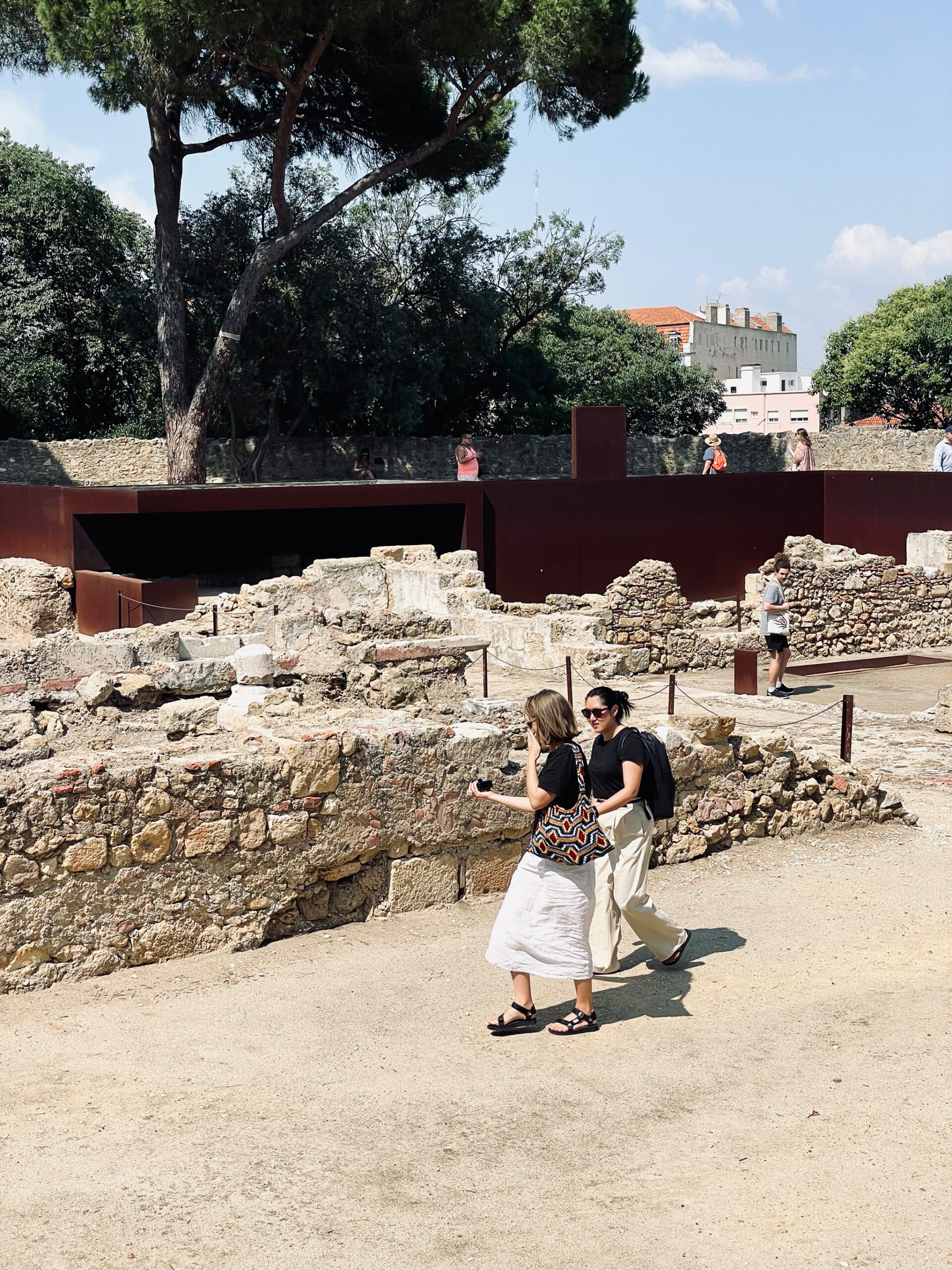
Urban Settings
- We can regenerate neighbourhoods in a way that prioritises community over profit. Implementing tools like a “gentrification tax” can be beneficial, as suggested by the Canadian exhibition at the biennale.
- Political influences and global positioning affect architectural agendas. The scale of Lisbon’s World Expo pavilions are generally large, and there is a dehumanising factor of big gestures.
- Streetscapes can serve as public spaces if pedestrians are provided ample room to circulate, sit, and engage with their surroundings.
- Sheer walls or facades to the street help to provide more equitable engagement between the street and residents above. We like the lack of setback for buildings under six storeys.
- High-rise city centres suck. Every city we’ve visited has generally had buildings up to six or eight storeys high, with a density continuing into the residential areas – very unlike Melbourne and Sydney with high-rise centres and single residential suburban sprawl.
- History plays a pivotal role in shaping cities and architectural identity.
- Special moments of entry can enliven the street.
- There is a place for tourism architecture, but not in the same way as the Bilbao effect. Subtle buildings can also be spectacular, such as Peter Zumthor’s Shelter for Romain Ruins.
- Urban gestures within architectural projects, such as the multi-storey through link in the 1960’s Church of Sagrada Coração de Jesus in Lisbon, need to be the most direct and visible route possible, in order to be utilised.
- Welcoming, inclusive spaces have mishaps, layering and collaboration. We like the idea of community facilities as “public living rooms” (Oodi Helsinki Central Library by ALA Architects).
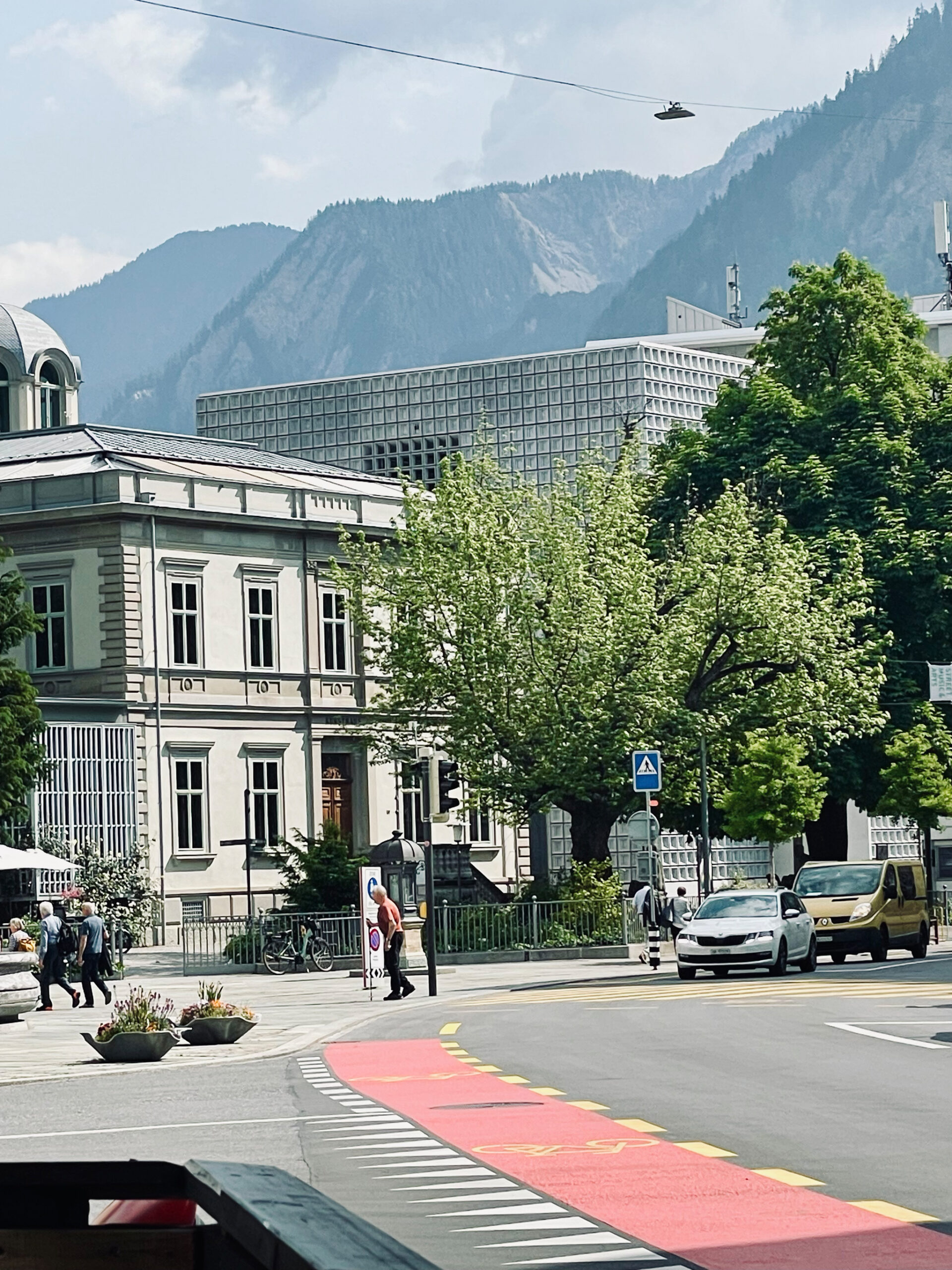
Landscape settings
- Architecture should be of the landscape and not an object on the landscape (Museum of Art, Architecture and Technology by Amanda Levete Architects).
- Be kind to the landscape. Each landscape is a precious ecological system and deserves the utmost care.
- Choose materials that complement the local landscape palette and that work with the quality of light. We found the sunlight in Switzerland to be quite mellow, which made grey concrete and timber structures less heavy.
- Captured landscape moments such as courtyards can still be magical, even within a magnificent setting.
- A single exceptional project can transform an entire industry for a rural area (Therme Baths, Vals by Peter Zumthor).
Approaches and concepts
- Architecture should be considered as in conversation with the landscape, humans, and non-humans. We can make room and welcome animals / other species in our architecture.
- Good architecture doesn’t need to be loud – it can simply set the backdrop for everyday life.
- What humanism is. Aalto’s work demonstrated scale, texture and materiality that creates inviting, delightful settings.
- Romantic and sensory ideas are not frivolous. They are what makes us human.
- “Leave space for things to happen.” Pool Architekten in Zurich designed places for the owners and users to truly make them their own. Architects don’t have to have all the answers.
- You must consider that your architecture will age – will it age with dignity?
- Consider the audience – who is the intended recipient of your project, and who else might use it?
- Subtlety can be more powerful than boldness.
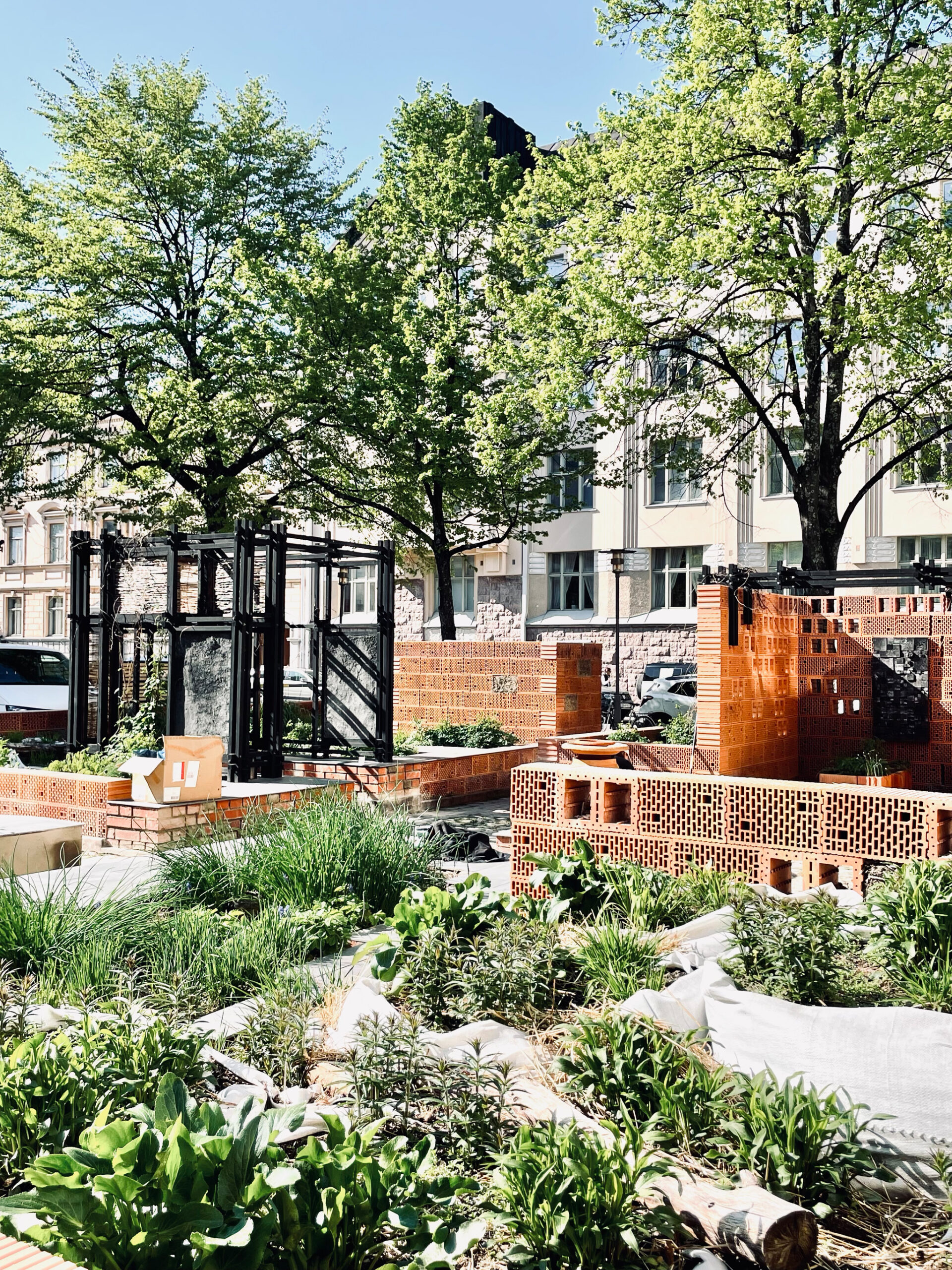
Experiential qualities
- Spaces can be allowed to echo, to feel cold. A lack of acoustic clarity can be atmospheric in the right spaces.
- Temppeliaukion Church in Helsinki (the rock church) and and its use of refined and unrefined material to generate humanist spaces
- Thalia theatre in Lisbon, the expression and control of new material over old and connection to street
- Visiting projects in person is so important. We’ve experienced many spaces that I remember seeing pictures of at university and no amount of studying floor plans and images can compare to first-hand experience. The scale and impact of Calatrava’s Oriente Train Station in Lisbon reads very differently to the visual material.
- Tactile elements, like handrails, can make or break a project.
- Spatial sequence and journey can enrich our experience of the city at an urban scale, and between spaces within the building scale.
- Formal shifts in the architecture can direct movement and our attention.
- It is good to experience architecture in groups and also alone. People interact with their surroundings in different ways.
- The quality of natural light greatly differs between places and seasons.
Structure and order
- The sequence of spaces within the city, at an urban scale, then within buildings, can be powerful – a la buildings we visited in Helsinki.
- The regular and the irregular, as per Aalto’s work, can bring unexpected richness into a project. Looseness in the details can be helpful – it’s important not to be too uptight.
- Play and purpose can make architecture feel more human.
- Historic material choices for structure can provide a latent subdivision to the city – i.e. six-metre-wide timber beams result with a fine-grain structure to Lisbon’s architecture.
- Fine tensile wire bracing in Zumthor’s work presents a beautiful fineness in contrast with chunkier structural timber trusses.
- We found in Zurich that several highly gridded façades, on mass, can be quite overwhelming. A bit of relief can imply order without adhering to blanket rules, devoid of character.
- Glulam timber floors and beams in the Zurich housing cooperative projects are much-loved by local residents, providing warmth (Hunziker Areal cooperative housing by Pool Architekten).
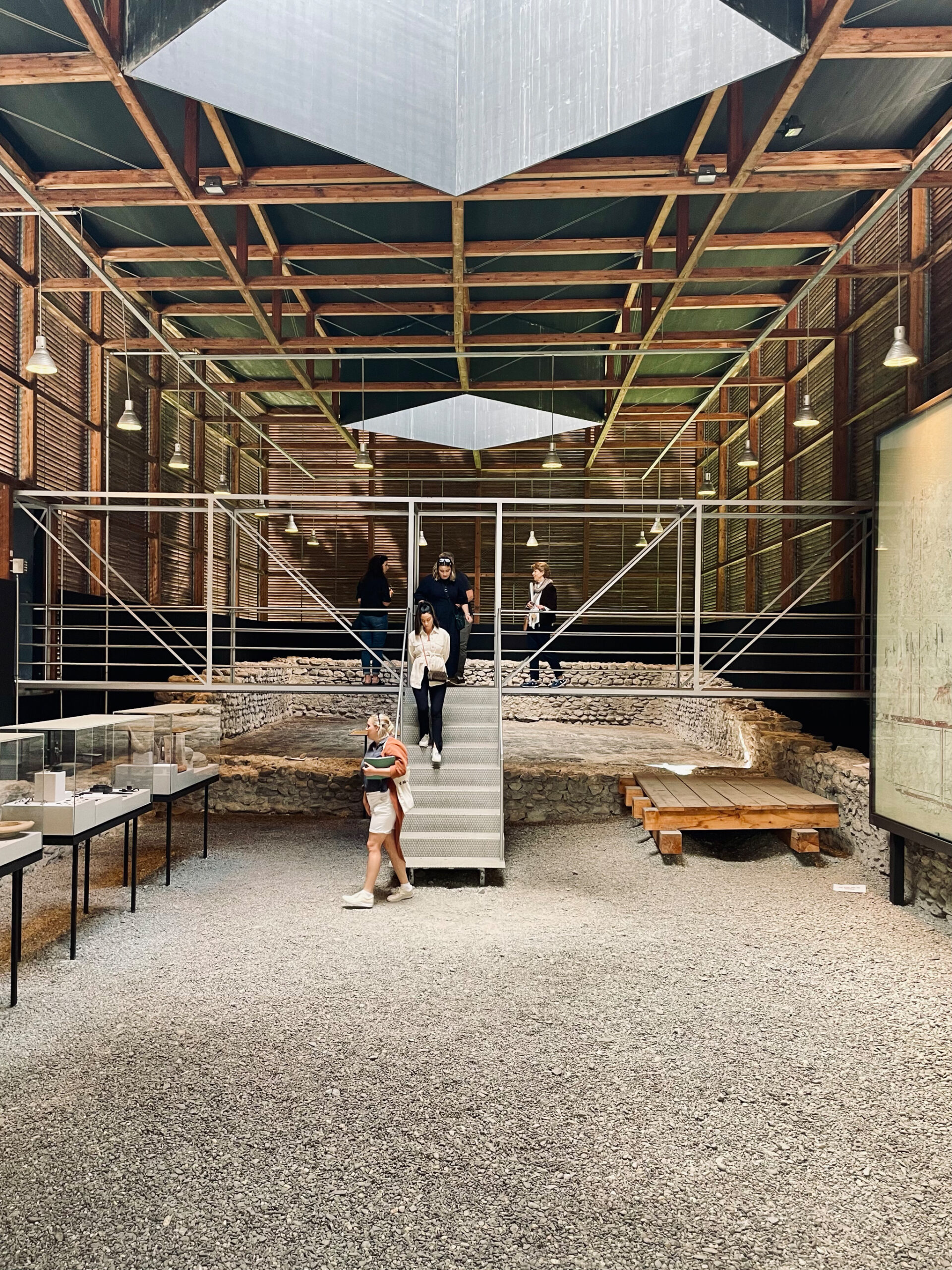
Materiality
- Material from the site, and place-specific material allows a building to age in time and place. The presence of local materials can knit together several different buildings into the fabric of a place. For example, pink marble and granite in Helsinki. Place-based materials create a sense of connection and timelessness.
- A foil to the former, globalisation presents the opportunity to learn between places and cultures, and to challenge material aesthetics and ethics.
- Materiality of streetscapes set the tone for their buildings. For example, there is a lot of “casual” marble and stone in Lisbon on the street path and road paving, providing texture and character.
- Collaboratorio challenged us to be more bold with material innovation – i.e. their cement-free clay substitutions for concrete.
- Weathering adds beauty. Material beauty is found in letting objects age.
- Not everything needs to be flush or aligned. For example, the jiggling datums of Helsinki help to express the topography and distinct building uses.
- Standard brick sizes are different in different countries.
- The German Pavilion, “The Great Repair” reveals that we need to make recycling, reuse and repair visible, accessible and normal.
- Consider time – from material patina to the techno hotel fixtures that we struggled to use (Thom Mayne rooms in the House of Architects, Vals). Built-in USB ports are redundant to some.
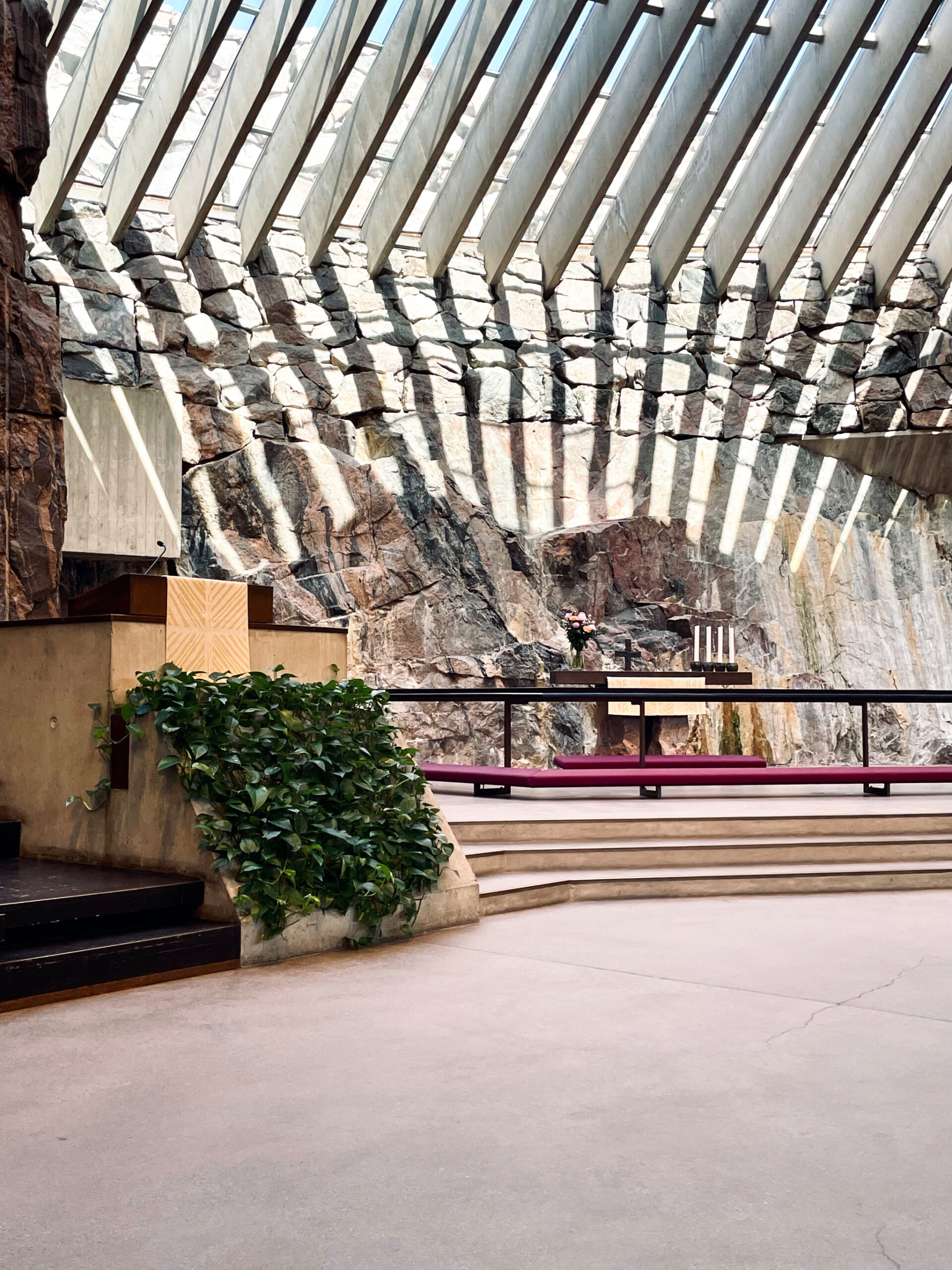
From each other
- The difference in our perspectives, observations and approaches are what make us valuable. We are all smart in different ways. Each architect works in response to a unique combination of background influences, education, and contexts.
- We are intense “intolerables”.
- The power of peers, dialogue and having space for important conversations and reflection. We should sit outside of the island of architecture, sometimes.
- Take things in slowly. With time, more can be revealed.
- We are considered emerging – but we are all uncomfortable with where we sit in the industry.
- Imposter syndrome is very real and is present among all of us.
- We can be content with making architecture that performs well, even if it is not a publication-ready project or product.
- Consider what the idea of good design really means to you.
- Think about how water will interact with the building, not just where it will go.
- Architects are not always introverted sole geniuses. They can be community-minded, loud and collaborative practitioners.
- We can enjoy a lot of things beyond our jobs.
- We should prioritise loved ones and families, and not make this a taboo topic in the workplace.
- We want to see a more sustainable future for architectural practitioners.
- Have fun, share your experiences with architectural friends, and learn from one another.
- Fight for what you believe in, you’ll eventually find people who want to help you succeed.
- Has it ever occurred to you that the people you’ve learned architecture from were wrong?
- Deep listening is an imperative for all architects. Humans are not an abstract concept.
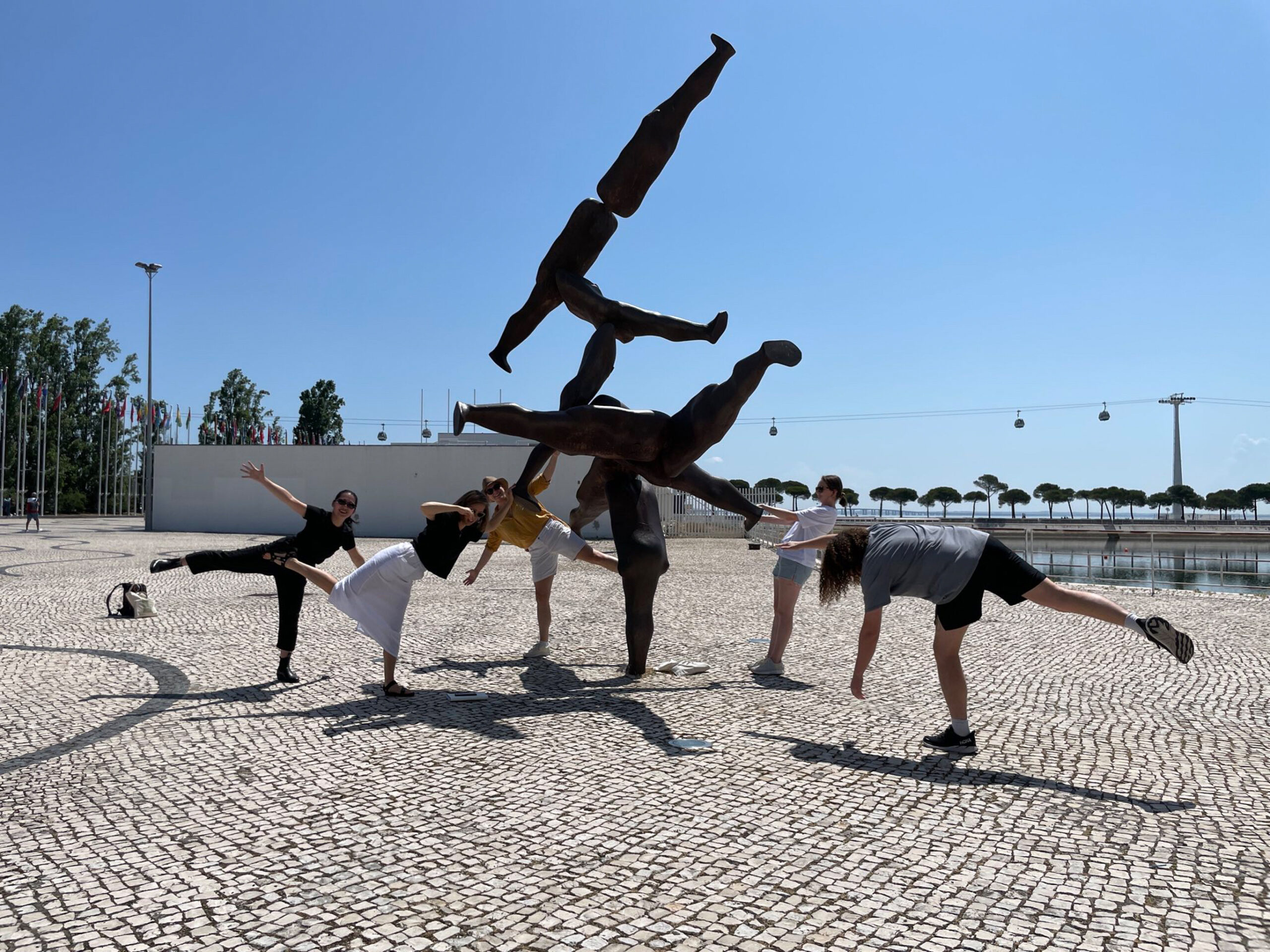
Life skills
- Sauna and bathing, together and alone. Nothing beats a good bath.
- How to use a bidet in Helsinki.
- Ensure you know what the song ‘Edelweiss’ is.
- Good diction: enunciate.
- Be on time and never leave tissues on the bus in Switzerland.
- Make space and time for the parts of your life that matter the most.
- Make room for silly play.
- How to make Instagram reels (thank you, Sarah).
- Do not endlessly repeat the name ‘Luisa’ in the public realm, or in conversation with us, ever.
Business skills
- There are so many different business models and modes of practice. Different rhythms, cash flows, collaborative approaches, and office cultures.
- Money, time, and relevance of the profession are global pressures; it isn’t easy being an architect.
- The power and culture of competitions. Competitions present opportunities but can be a difficult way of sustaining a business.
- Play and dialogue are legitimate modes of exploration in practice (Playa Architects, Embaxiada).
- The diminishing role of the architectural profession is not just occurring in Australia, but in other countries too.
- Universities should encourage students to have business acumen as it is a reality of practice and contributes to our collective agency, as a profession.
- We need to communicate our value to the public and to prospective clients. Flora Samuel’s book Why Architecture Matters comes to mind.
- Industry conditions in Helsinki favour very large or small practices, and we heard that it is difficult to sustain practices of varying sizes in between due to a trend towards amalgamation. We should be mindful of how flexible our industry is to accommodate different kinds of practices.
- Multiple directors can imbue a collaborative ethos culture from the get-go with a less ego-driven leadership.
- Being proficient with explaining the financial outcomes of a project demonstrates expertise with cost-control.
- Collaboration between firms is a chance for upskilling, sharing and a better outcome for the project.
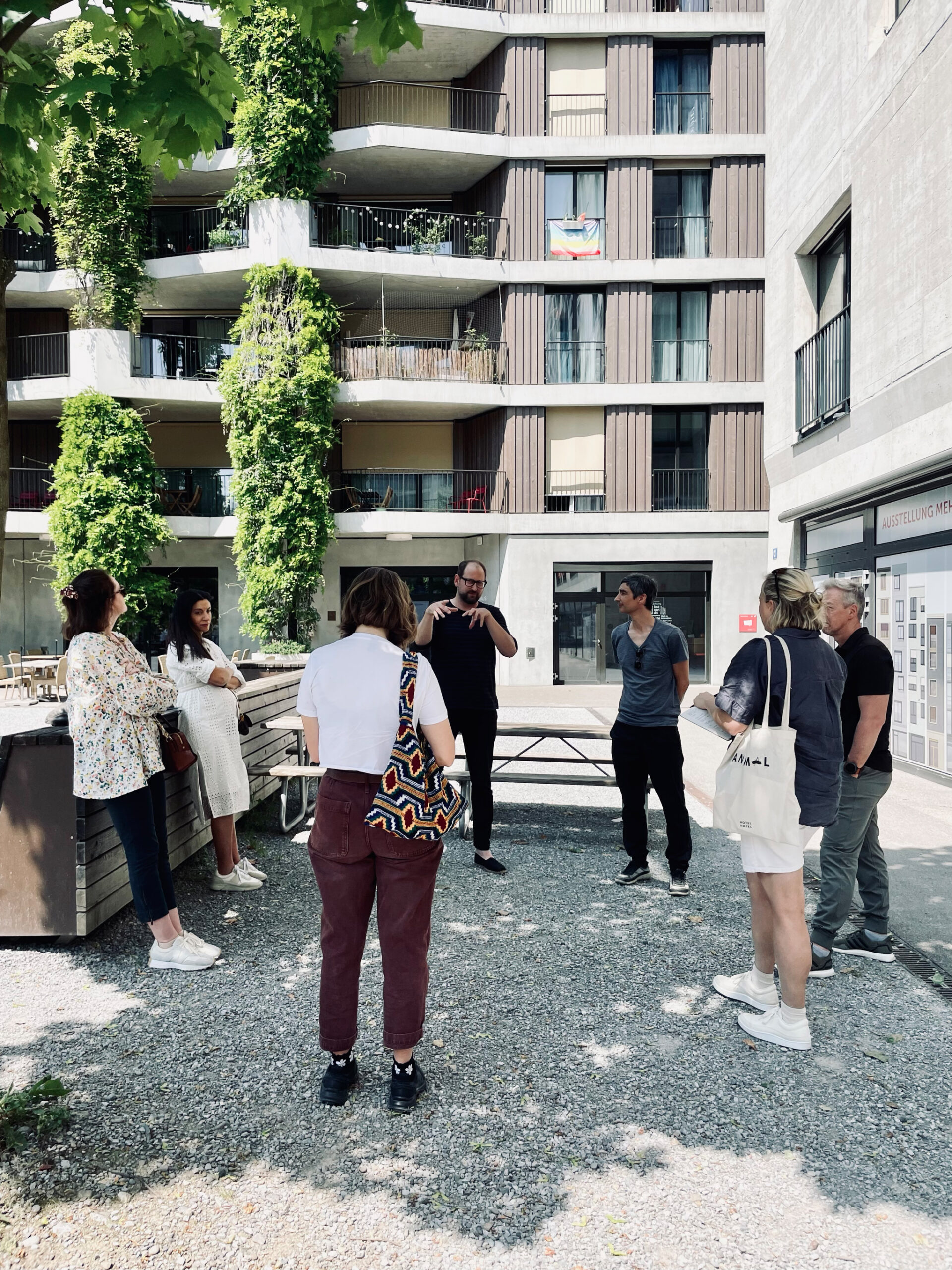
Photo by Tiffany Liew.
Professional intent and ethos
- The future of architecture looks great with the emerging practices we saw. Most lead with a really strong sense of ethics and values.
- The power of sticking to your guns and the power of upholding an ethos (Embaxiada, Collaboratio).
- We can engage with global dialogue on de-colonisation and de-carbonsiation.
- Housing affordability needs to be seriously considered with different typologies and models of development.
- The Biennale highlighted for us that we need to consider how our approaches and communications can put First Nations voices at the centre.
- What a building does is more relevant than what it is intended to say.
- Maybe Australians drag the chain on sustainability because we forget that humans are at plague proportions across the globe. Skipping between four countries and studying the view from the plane, we simply forget the scale at which we’ve covered the planet.
- Keep faith in the generations of architects that come after you. Some of the older practitioners we saw noted specific criticism of the direction the industry / society was going…but then many of the younger practitioners seemed to be practising in precisely the opposite manner.
- It’s possible to practice/research/advocate for architecture in a way that aligns with your values.
- Make/create what you need if it can’t be found.
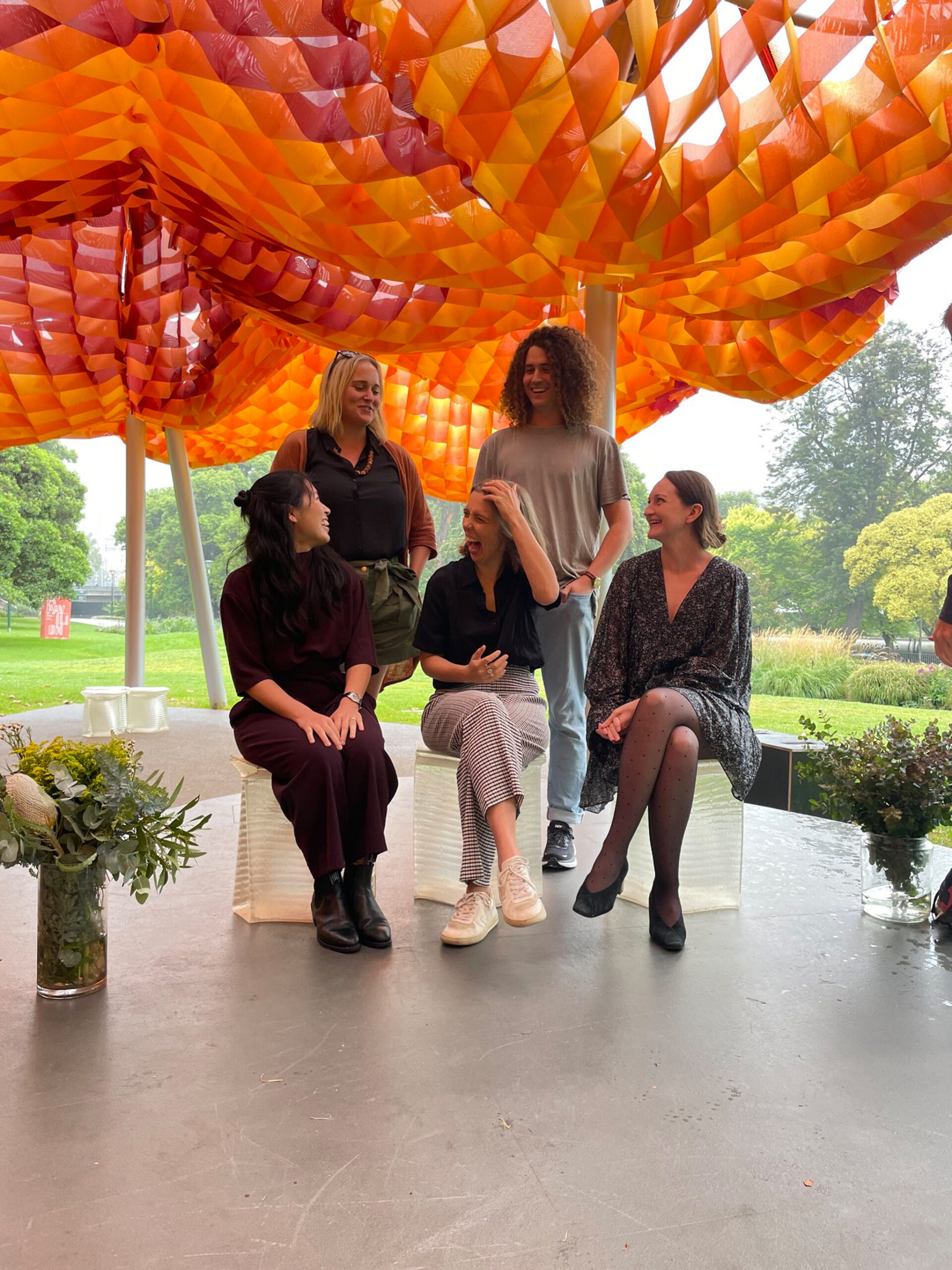
Photo by Linda Cheng.
In Summary
The 2023 Dulux Study Tour proved to be an inspiring and thought-provoking experience for all of us. Personally for me, it was an invaluable opportunity to engage with fellow architects, immerse ourselves in diverse architectural cultures, and reflect on our values. We are immensely grateful to Dulux and the Australian Institute of Architects for their sponsorship and organisation, as well as Architecture Media for their support and coverage. As a group of architects, we would like to express our heartfelt appreciation to the Dulux Study Tour jury for selecting such generous people to be a part of this journey. The impact of this experience continues to resonate with me, providing endless food for thought, and I am looking forward to many conversations (and karaoke) to come. It is truly an incredible opportunity and I encourage all architects/graduates to apply for future Dulux Study Tours.
– Tiffany Liew, associate, Andrew Burns Architecture, National EmAGN President, 2022 – 2023
2023 Dulux Study Tour Group
Awarded architects: Edwina Brisbane, Ellen Buttrose, Bradley Kerr, Sarah Lebner, Tiffany Liew.
Dulux: Pete Woods, Cherie Micallef.
Australian Institute of Architects: Abbey Czudek, Jennifer Nichols.
Architecture Media: Linda Cheng.
Read more of the 2023 Dulux Study Tour Blog
Dulux Study Tour participants are invited to share their experiences in blog and editorial content as part of the program. Opinions expressed are those of the authors and not necessarily the Australian Institute of Architects. The Institute encourages a space for conversation and continued dialogue so there can be meaningful change and progress across the built environment and our wider community.
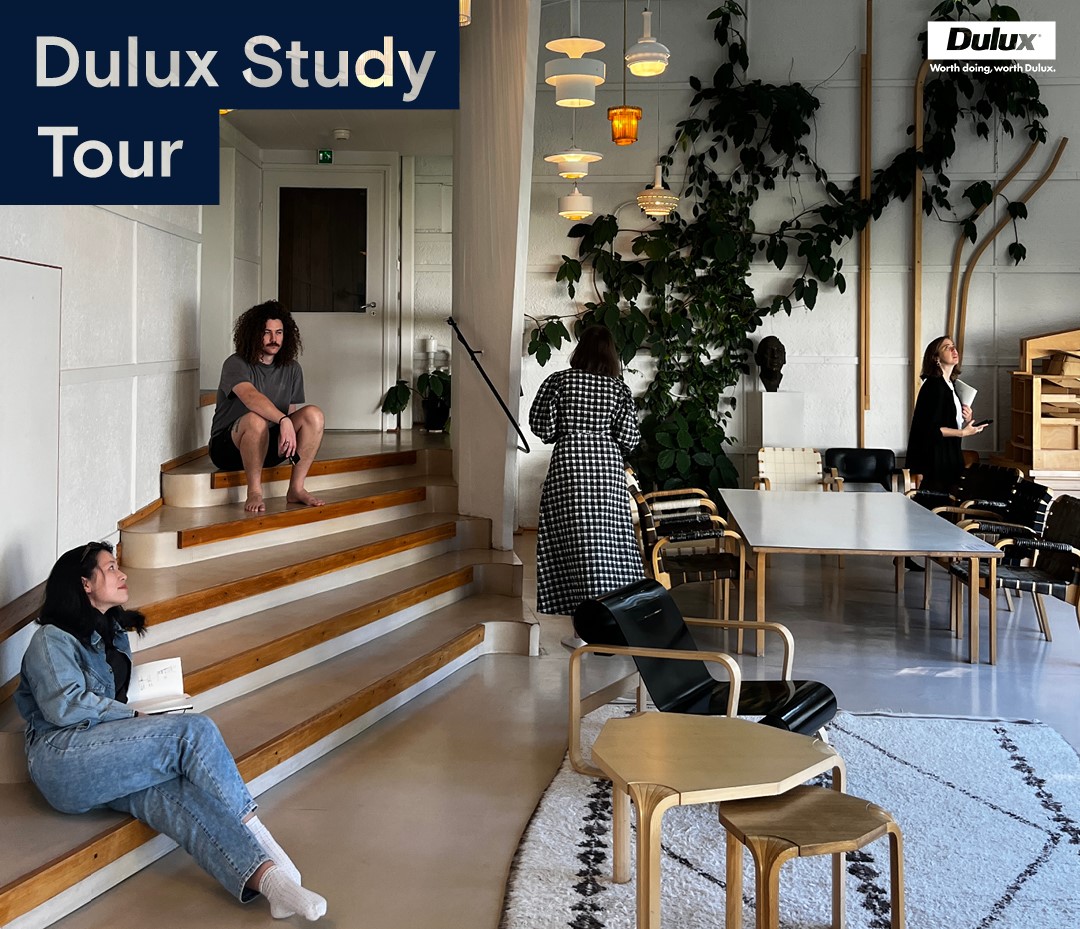
2024 Dulux Study Tour – Shortlist Announced
30 emerging architects have been shortlisted for the 2024 Institute’s Dulux Study Tour. Five individuals will be selected for their contributions to architectural practice, education, design excellence and community involvement.
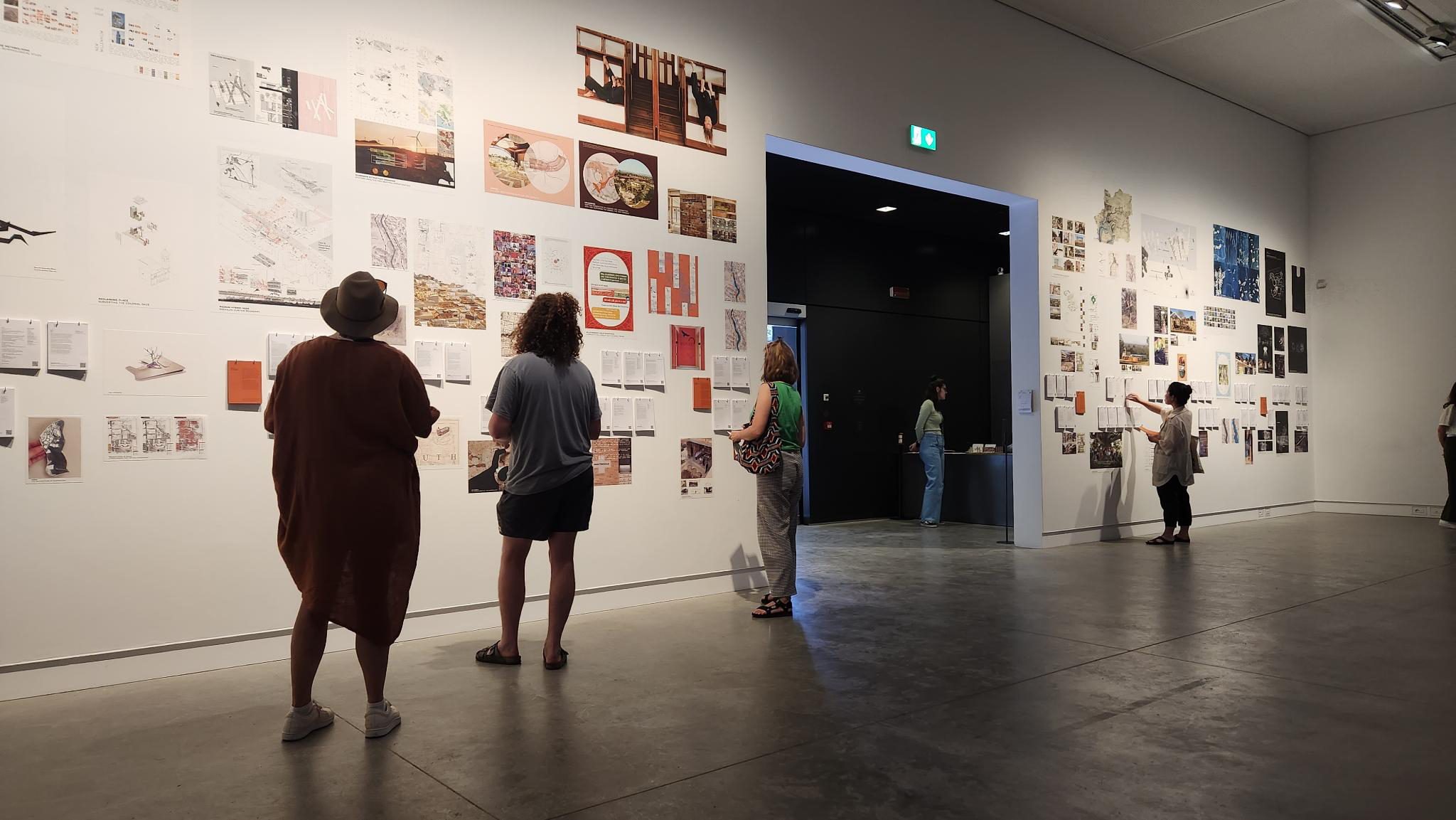
2023 Dulux Study Tour, day 9 – Venice, four spritzes and a yarn
This year’s Venice Architecture Biennale is titled “The Laboratory of the Future” and, as set out by Biennale curator Lesley Lokko, “architects have a unique opportunity to put forward ambitious
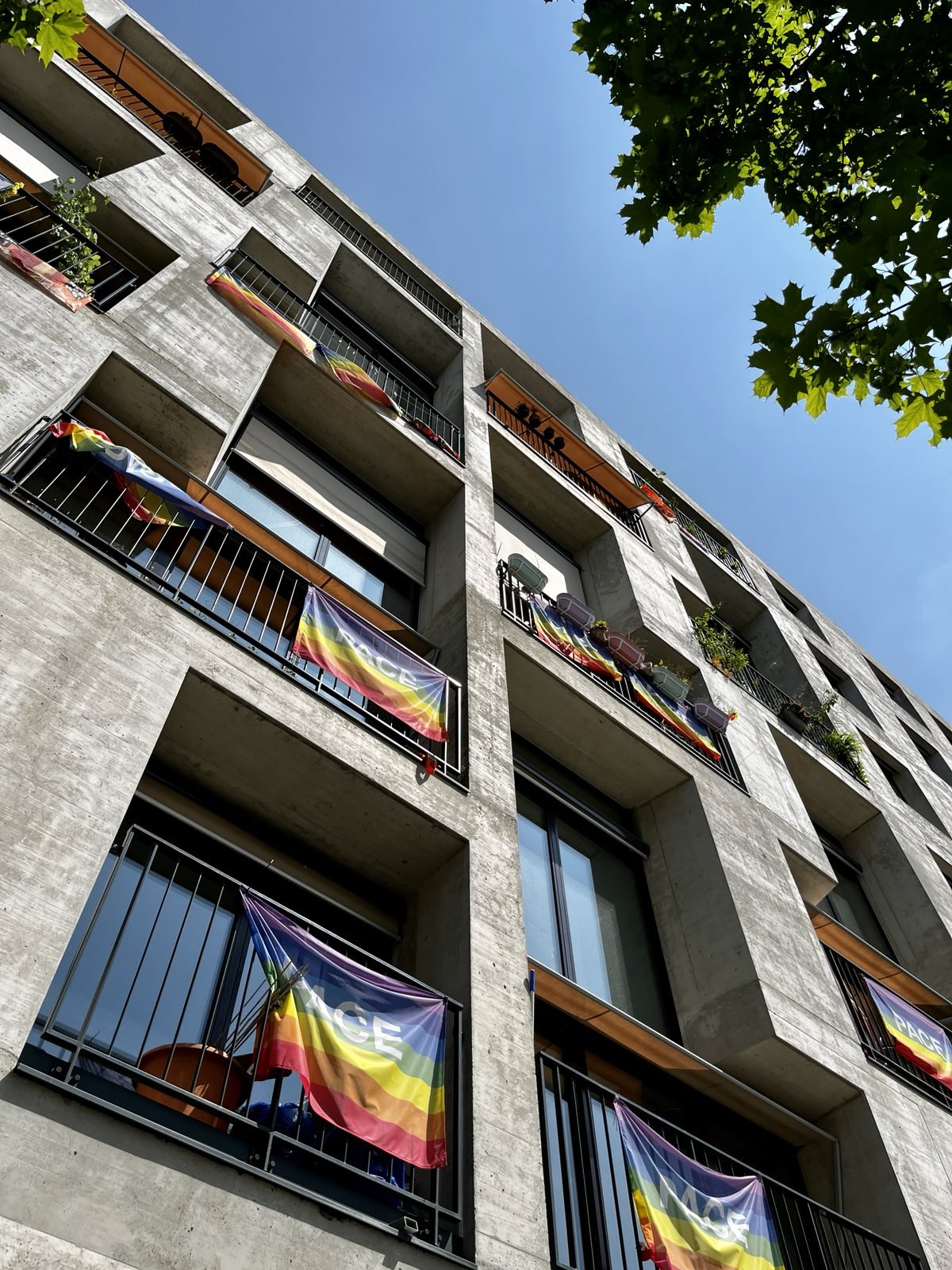
2023 Dulux Study Tour, day 8 – Zurich: A full cup
It’s midnight in Vals – a quintessential Swiss mountain village – and you’re floating in a warm pool, looking up at the night sky, in a silent night-time bathing experience.
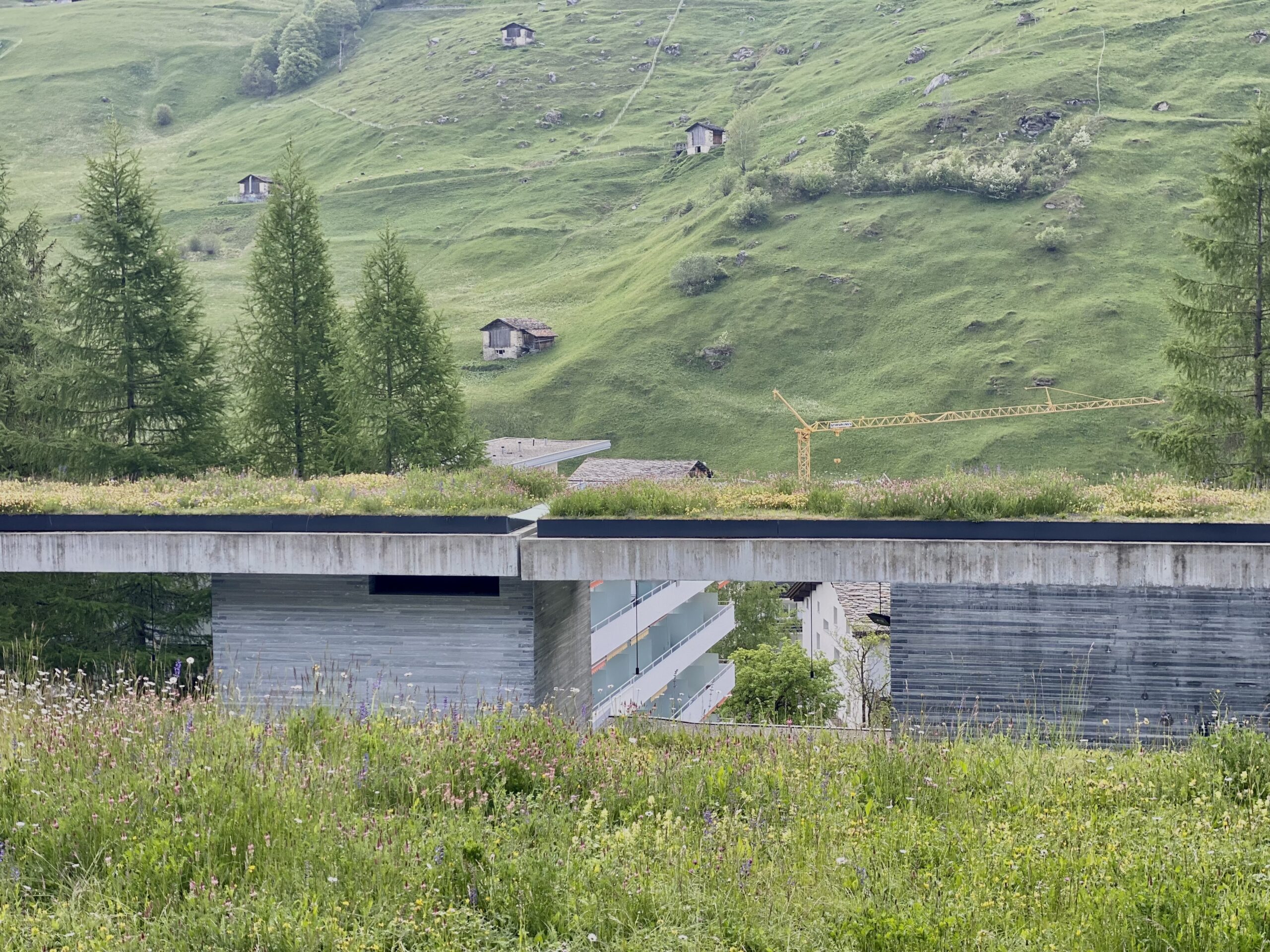
2023 Dulux Study Tour, Day 7 – Vals: Venerating Peter Zumthor
I remember feeling vividly – Holy shit, I won a place on this tour. I don’t know that I’ve earned this, but I’m going to embrace it. The Institute invited
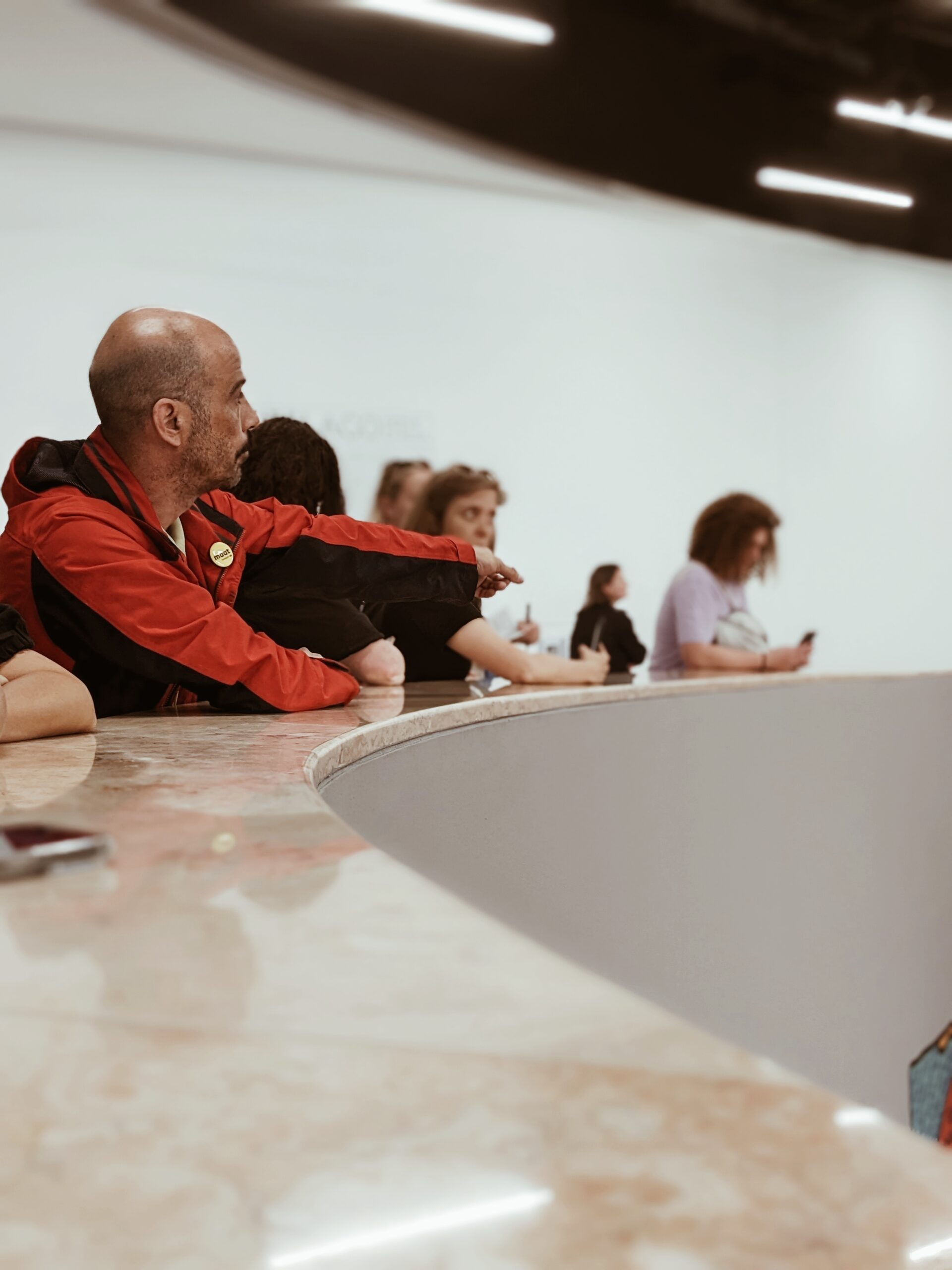
2023 Dulux Study Tour, Day 6: Lisbon’s ‘foreign object’
I was pretty sure I won’t like the Museum of Art, Architecture and Technology (MAAT) by Amanda Levete Architects, but am trying to be open minded. A big conceptual gesture
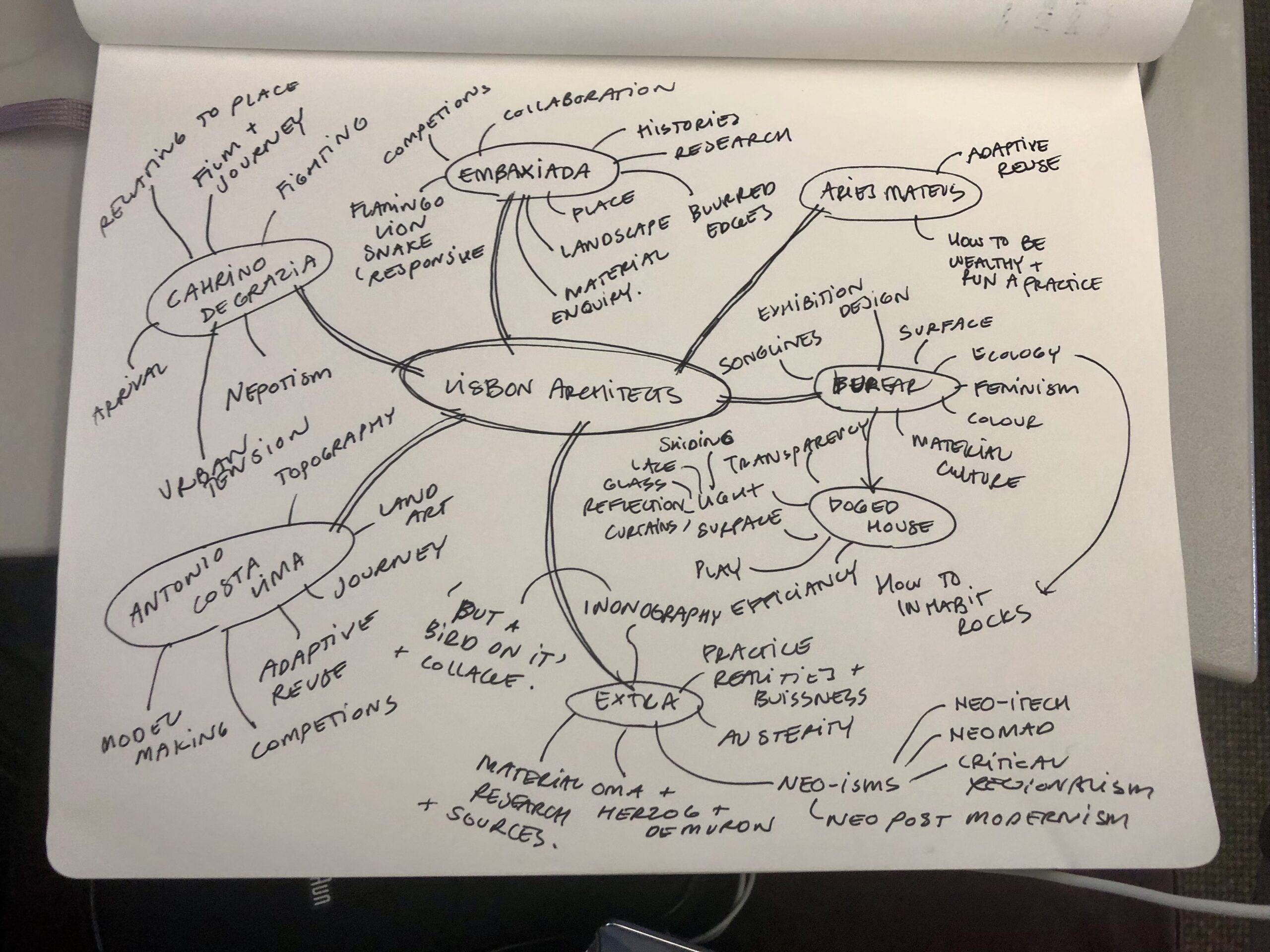
2023 Dulux Study Tour, Day 5 – Lisbon: Beyond the fresco
I’ve just spent the last hour and three watery coffees drawing out mind map in an attempt to untangle the many threads of thought covered yesterday. We ping-ponged across Lisbon
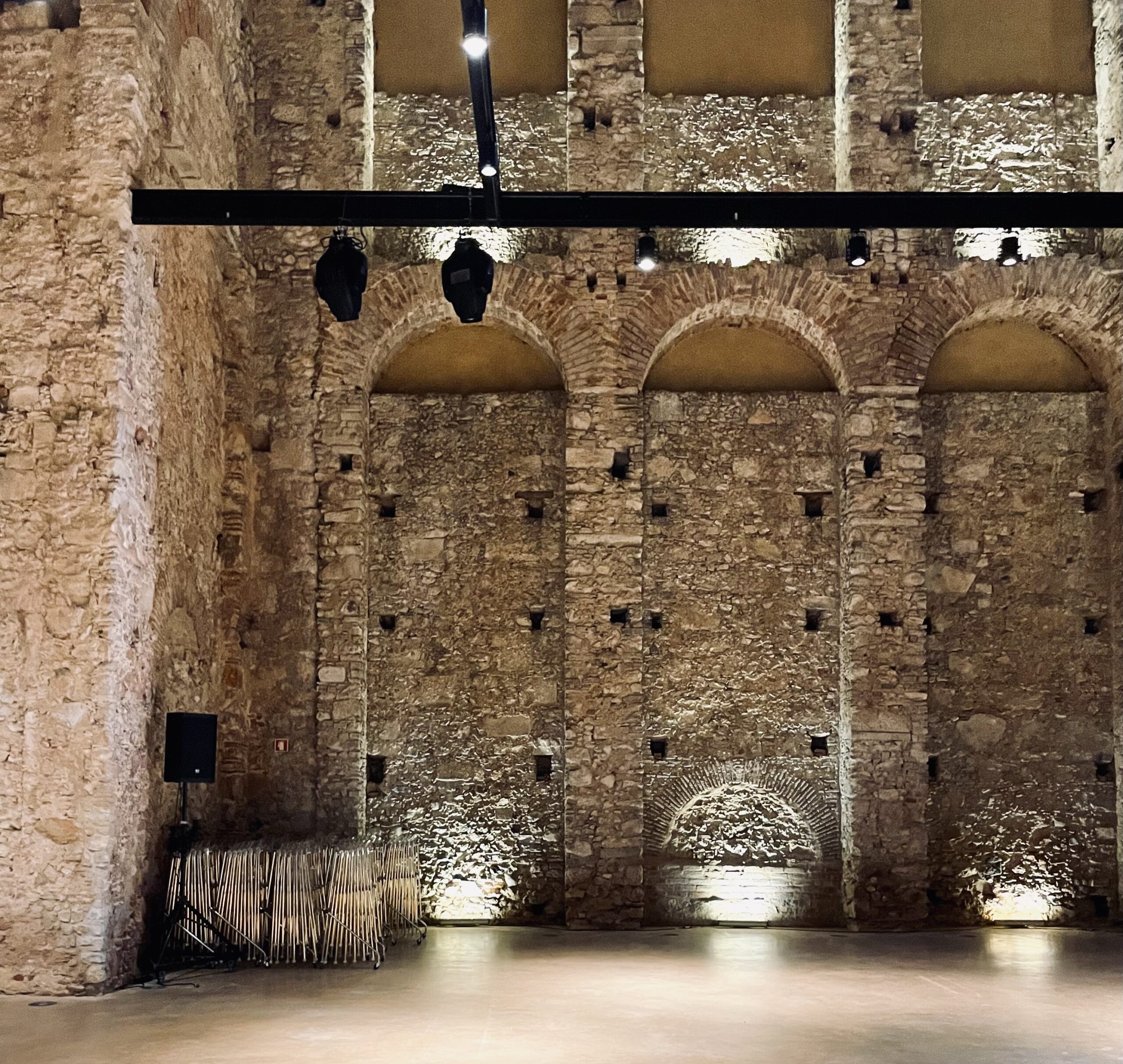
2023 Dulux Study Tour, day 4 – Lisbon: Urban Alchemy
Lisbon is a living museum – a city that reveals a rich tapestry of historical and political aspirations through its architecture. Layers of time coexist in the stratum of the
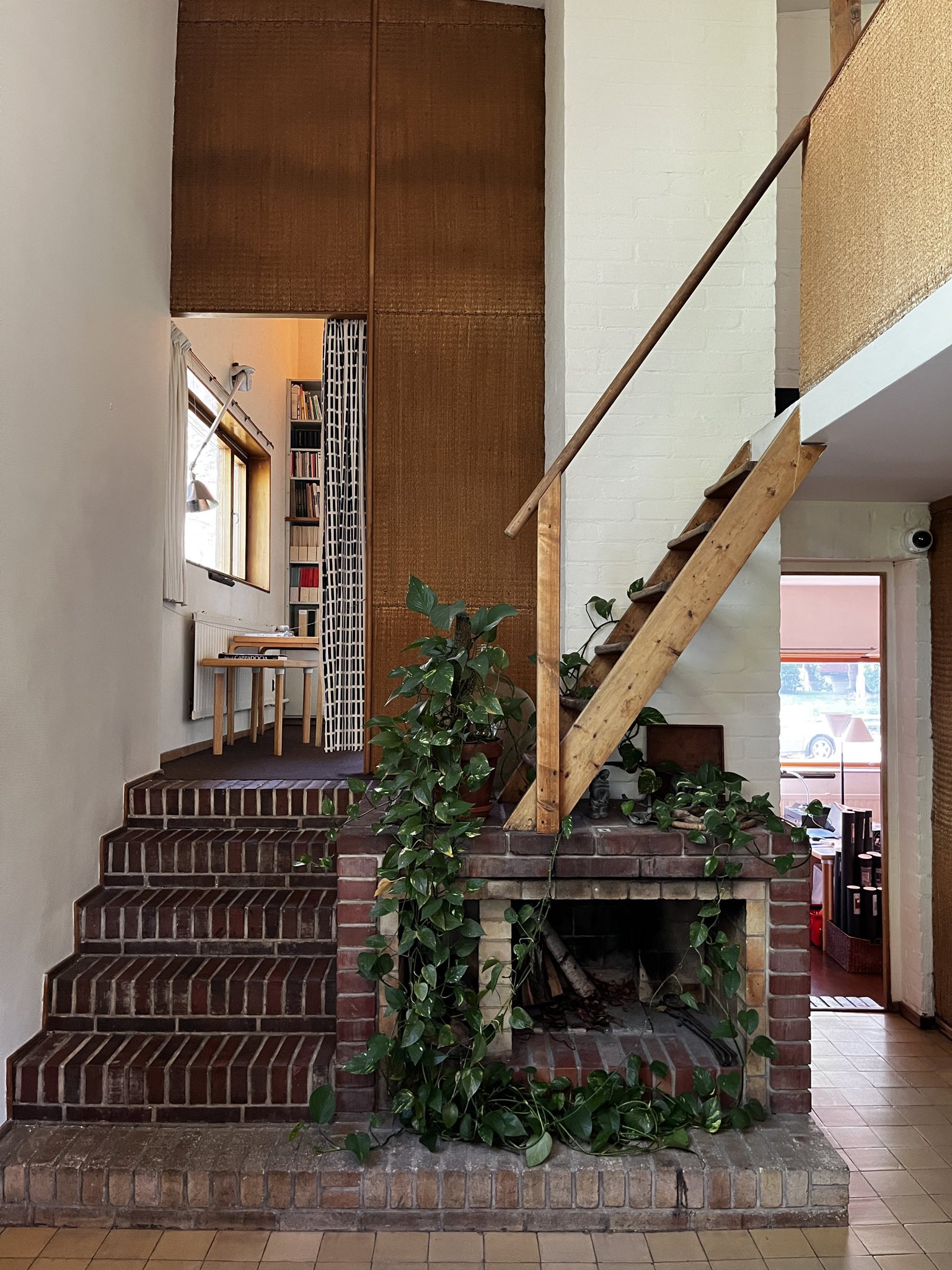
2023 Dulux Study Tour, day 3 – Helsinki: “Between humanism and materialism”
I’ve always thought that people who cried at architecture took their job way too seriously… but I must confess I had a little moment standing in the Aalto House today.
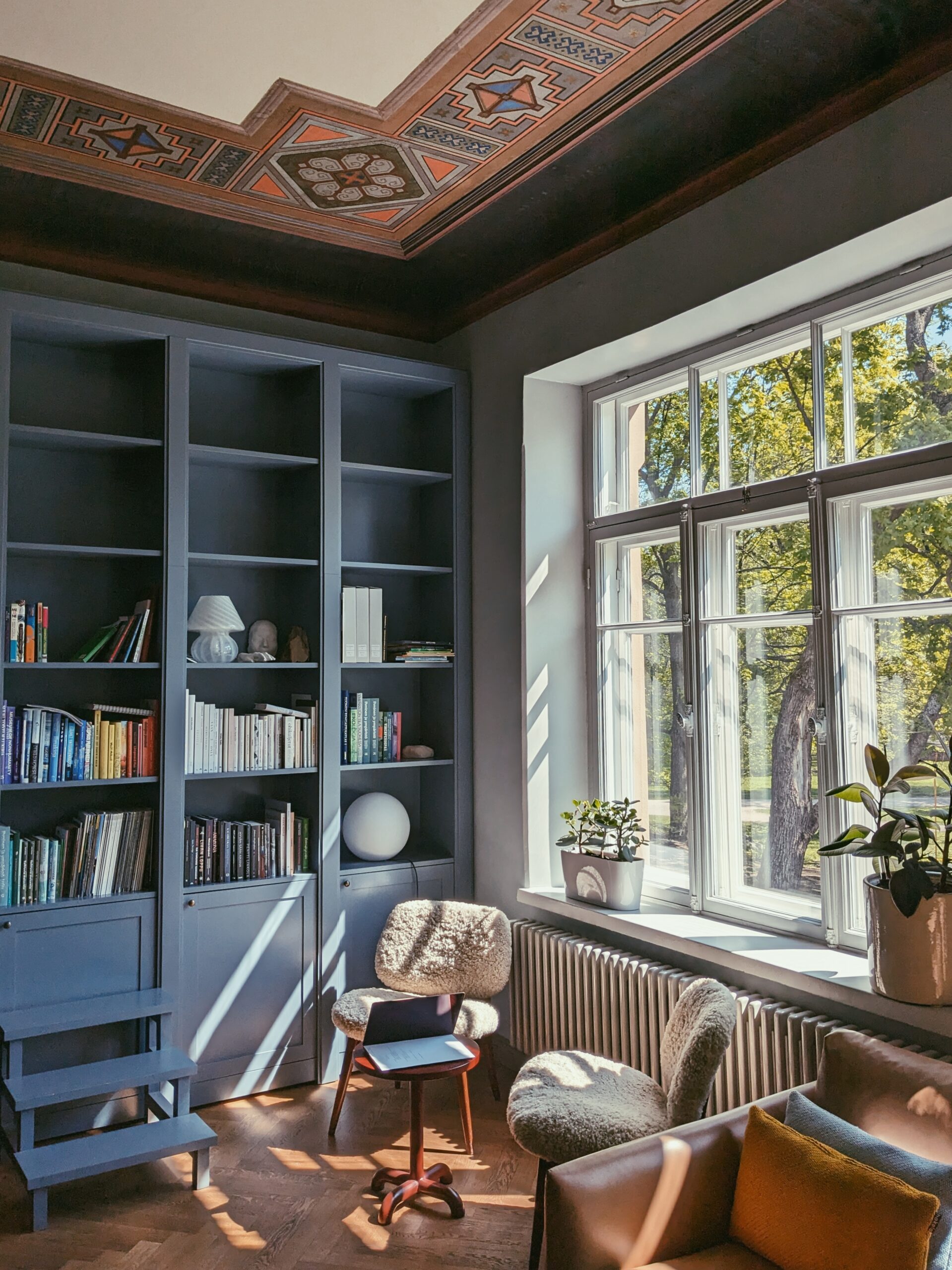
2023 Dulux Study Tour, day 2 – Helsinki: ’Sing like a choir’
Day 1, we situated ourselves in the city of Helsinki. We passed through various shades of grape, an unconscious obsession of the city, all the textures imaginable and 100 different

2023 Dulux Study Tour, day 1 – Helsinki: Architecture in Helsinki: Contact High
Finish your emails, set your out of office. Quickly flick off a fee proposal and remember to get back to Jamie about that competition entry you can’t submit. Apologise to